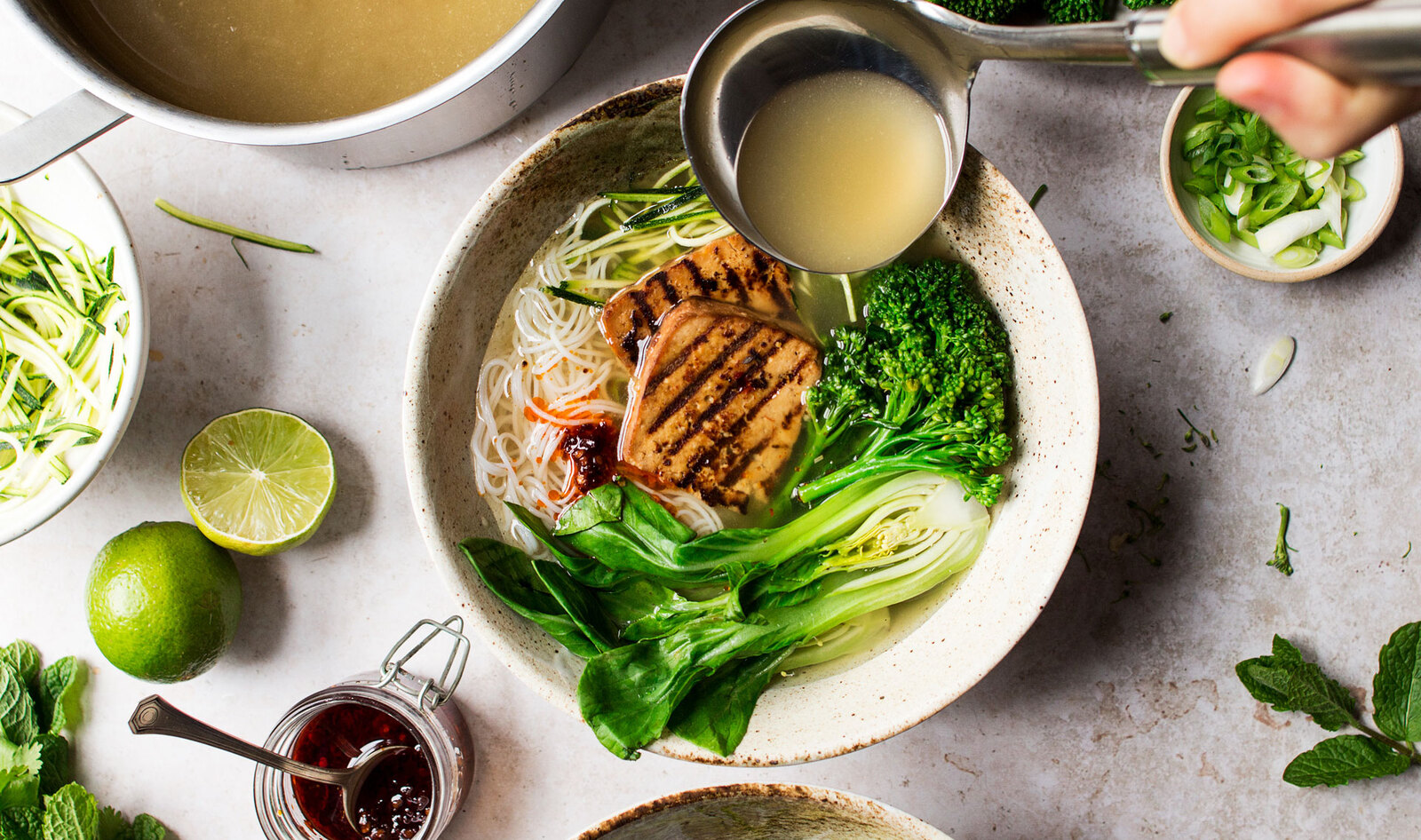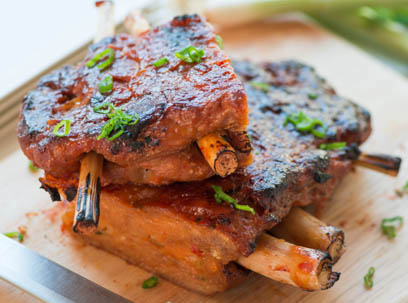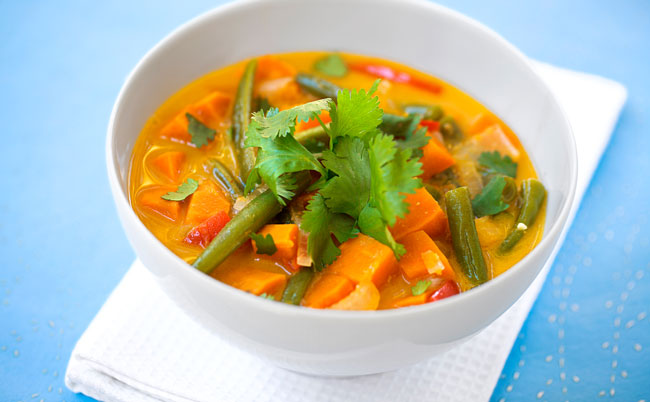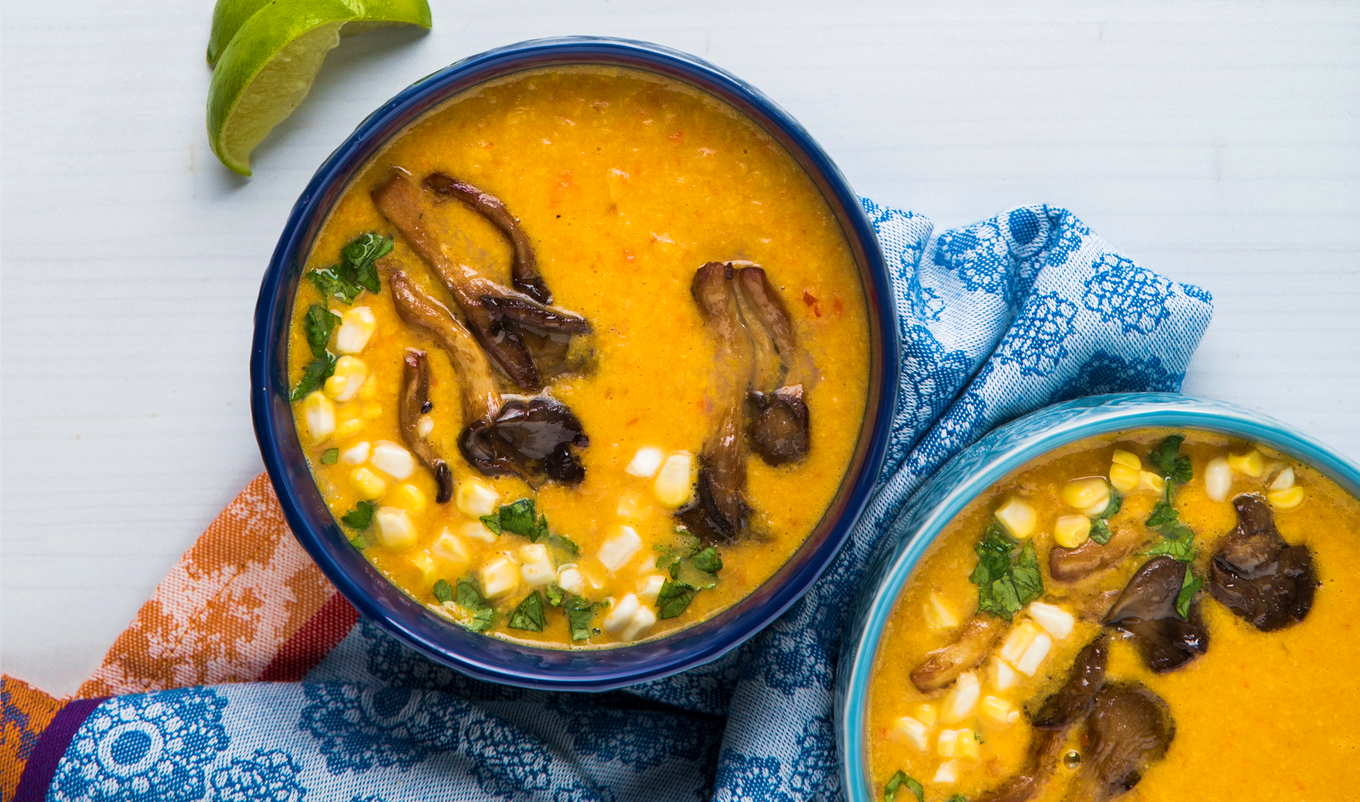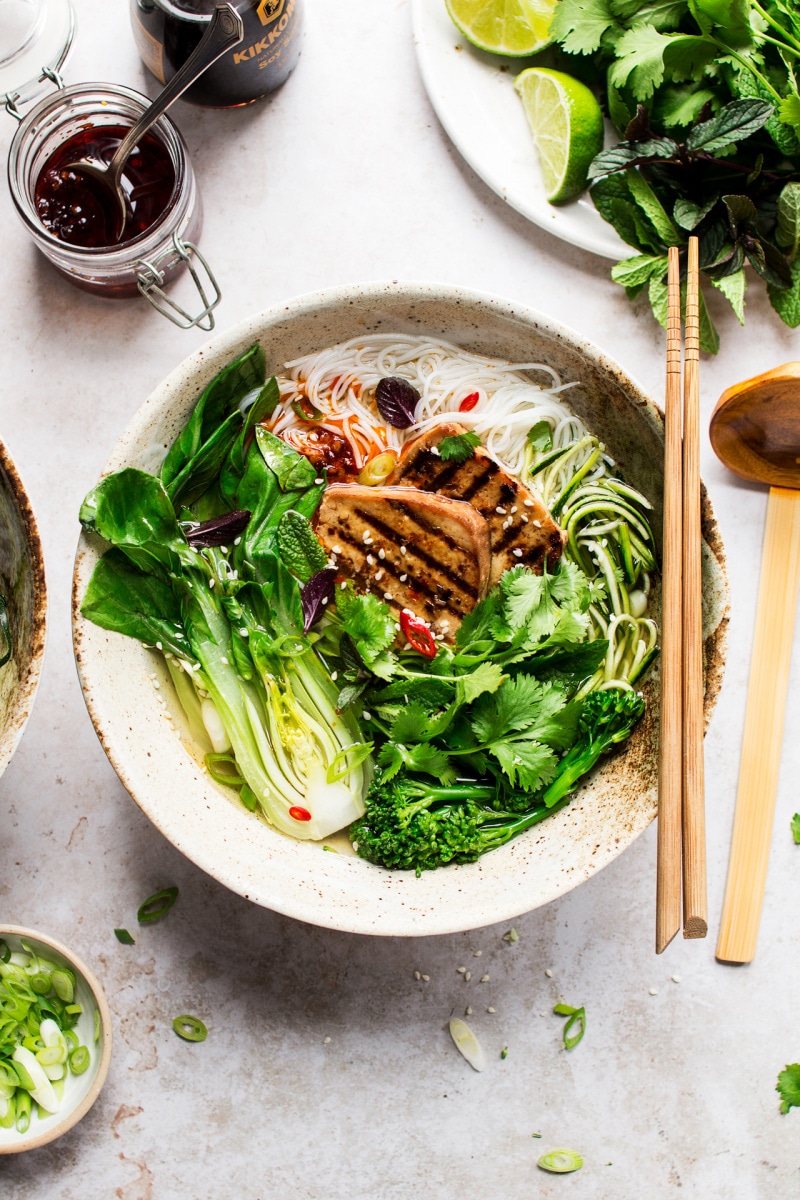Lemongrass is a signature ingredient in many cuisines, celebrated for its bright, citrusy flavor and versatility in both savory and sweet dishes. From fragrant Thai curries to barbecue dishes, lemongrass adds complexity and transforms simple recipes into flavorful experiences.
Ready to add a zesty punch to your dishes? Chef Kevin Ashton, Culinary Advisor at Restaurantji, offers his best insights about how to cook with lemongrass.
What is lemongrass, and why is it essential?
Lemongrass, or Cymbopogon citratus, is a tropical plant native to South and Southeast Asia, valued for its lemon-like aroma. Its tall, slender stalks contain essential oils concentrated in the bulbous base, providing a zesty flavor that complements a wide variety of dishes.
Fresh lemongrass is pale green, firm, and aromatic. The tough outer layers need to be peeled away to access the tender inner core. Once prepared, lemongrass can be minced, bruised, or steeped to infuse its unique flavor into broths, marinades, and even desserts.
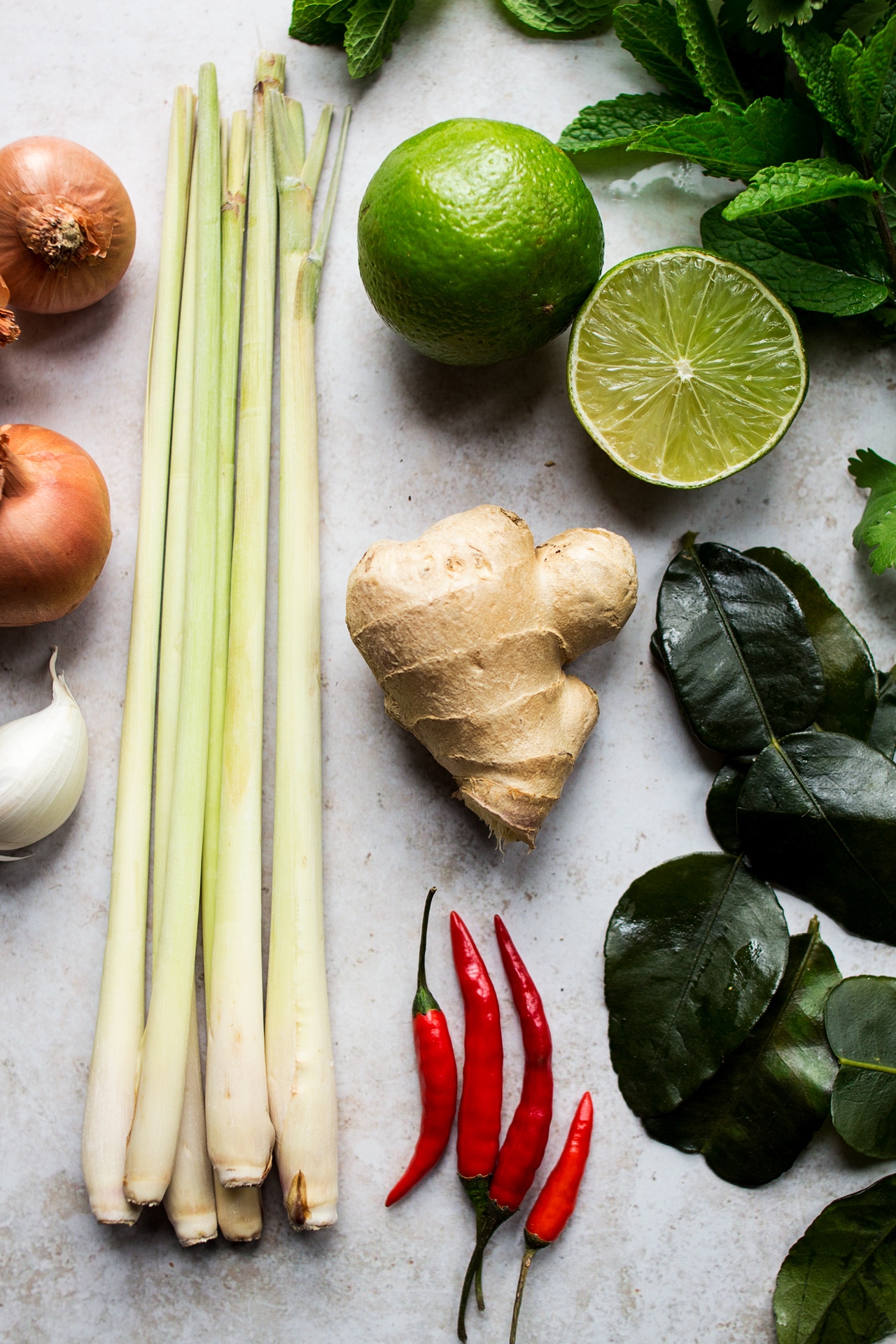 Lazy Cat Kitchen
Lazy Cat Kitchen
“Lemongrass needs to be finely chopped or bruised to release its nutritious oils,” Ashton tells VegNews. “To maximize flavor, you can crush the stalk with the back of a knife.”
Beyond its culinary applications, lemongrass also has health benefits, such as anti-inflammatory properties, and people across parts of Africa, Central and South America, and the Caribbean steep it into medicinal teas.
Cooking with lemongrass: soups, curries, grilling, and desserts
Lemongrass is commonly used in Thai soups and curries, where it plays a foundational role. In dishes such as tom kha, a coconut-based soup, bruised lemongrass stalks are simmered to extract their bright, citrusy essence. And the function of lemongrass in this dish cannot be understated. “Lemongrass enhances the creaminess of coconut milk with a tangy kick,” Ashton notes.
To make the most of lemongrass in broths or soups, bruise the stalks to release their oils and add them early in the cooking process. This allows the lemongrass to deeply infuse into the liquid, creating a flavorful base for vegetables, tofu, or tempeh. Remember to remove the stalks before serving to ensure a smooth texture.
In curries, finely minced lemongrass is often added alongside garlic, ginger, and chili to create an aromatic paste. Its bright notes balance the richness of coconut milk and the intensity of spices, making it essential in Thai-inspired dishes.
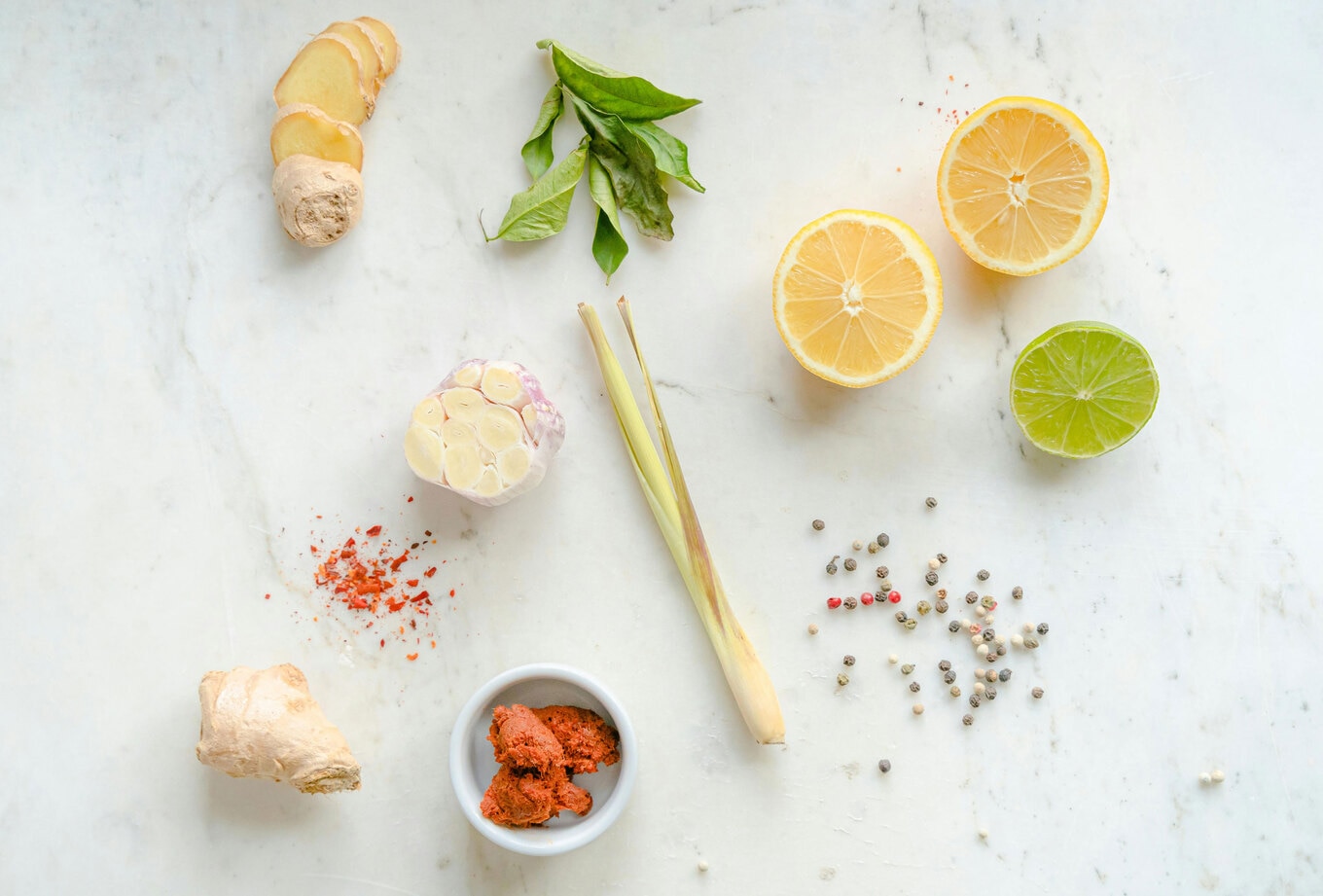 Pexels
Pexels
Lemongrass also adds complexity to grilled dishes and marinades, providing a smoky, citrusy aroma that elevates plant-based proteins such as tofu and seitan.
“For grilling, I usually bruise the stalks and use them whole,” Ashton says. “I can use them as skewers for tofu or vegetables to impart a smoky, citrus aroma.”
To create a versatile marinade, blend minced lemongrass with lime juice, soy sauce, garlic, and a touch of maple syrup. This combination works well for tempeh, jackfruit, or other plant-based proteins. When grilled, the marinade caramelizes, adding a subtle sweetness, while the lemongrass lends a refreshing twist.
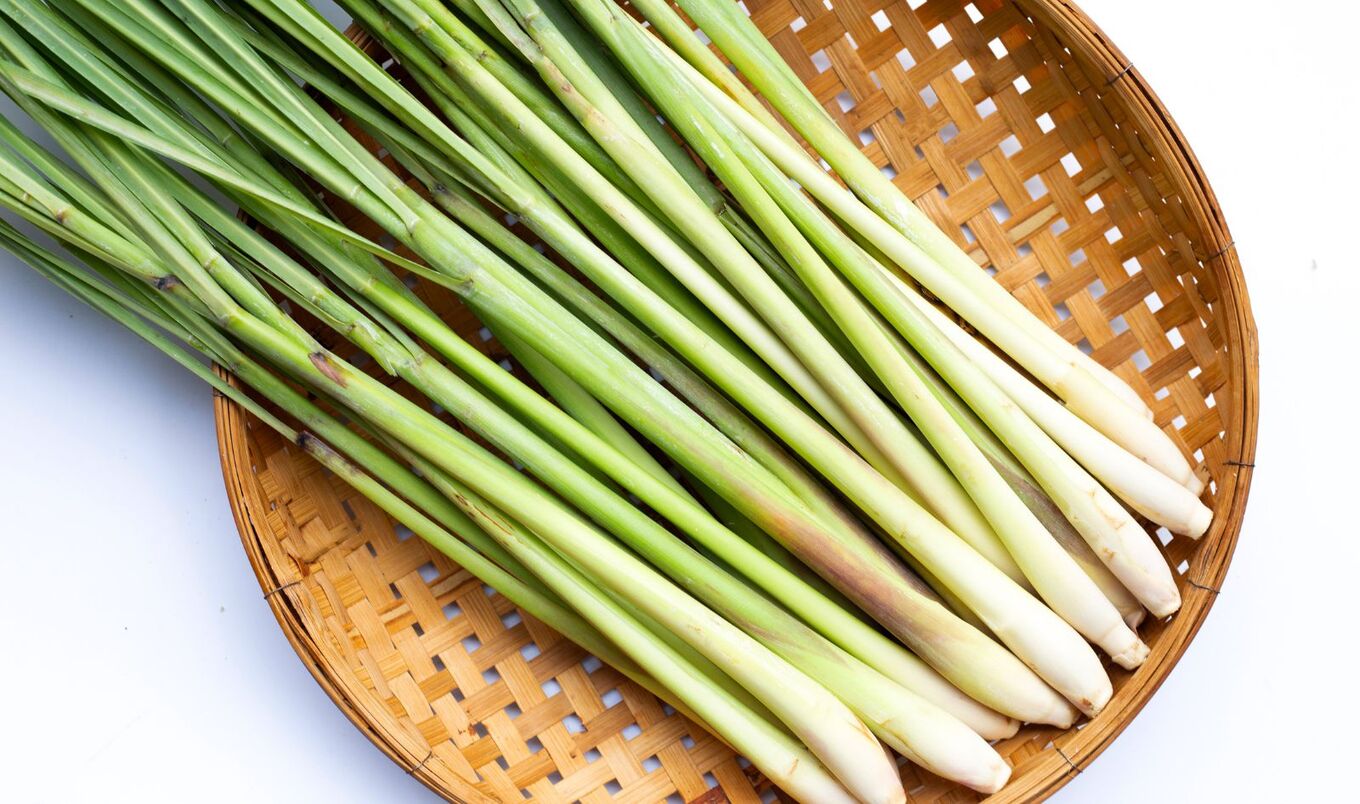 Canva
Canva
Although primarily associated with savory dishes, lemongrass also shines in desserts and beverages. It infuses coconut milk beautifully, creating a fragrant base for vegan panna cotta or rice pudding.
“You can simmer rice in coconut milk with bruised lemongrass stalks for a slightly sweet, aromatic side dish that pairs well with roasted vegetables or curries,” Ashton adds.
For beverages, lemongrass tea is simple and refreshing. Bruise the stalks and steep them in hot water, adding agave to sweeten if desired. Once cooled, the tea makes an ideal base for mocktails.
Mastering lemongrass
Balancing lemongrass in complex dishes can be challenging, as its bold flavor can dominate if not used carefully. Ashton suggests adjusting the preparation based on the desired outcome. “Your dish’s complexity and dominant flavors will determine whether to use lemongrass as a primary or subtle flavor,” he says. “For simple dishes such as curries, broths, or marinades, use it generously. For complex dishes, lightly crush a stalk and use it whole, but remove it from the dish before serving.”
 Canva
Canva
BECOME A VEGNEWS VIP: Get exclusive product deals, freebies, and perks galore!
This method allows lemongrass to impart its signature aroma without overpowering other flavors. In Vietnamese noodle bowls such as bún chay, lightly crushed lemongrass offers a fresh lift that complements savory ingredients without completely taking over.
To make the most of lemongrass, Ashton recommends adapting its use to different cooking methods. “I slice lemongrass thinly when making broths and add it early in the cooking process to allow the flavors to infuse deeply,” he says. “For stir-fries and marinades, I mince lemongrass and sauté it with other ingredients, such as ginger and garlic, for the fragrant base,” the chef says.
For those new to lemongrass, experimentation is key. Try adding it to unexpected dishes (in a marinade for plant-based meat, for example) or even fruit-based salads, where its tangy notes bring surprising complexity.
Plant-based lemongrass recipes
If you’re ready to give lemongrass a try, here are five recipes that call for the key ingredient.
1Sweet and Sour Vegan Ribs With Lemongrass Bones
This dish reimagines seitan as tender ribs paired with a tangy sweet and sour sauce made from pineapple juice, ketchup, soy sauce, lemon juice, rice wine vinegar, Sriracha, and red pepper flakes. Lemongrass stalks are used as edible “bones,” lending a subtle citrus aroma to the seitan while providing structure to the dish.
Get the recipe
2Vegan Thai-Spiced Sweet Potato Stew
This stew combines sweet potatoes, bell peppers, and green beans in a creamy, spiced broth made with curry paste, fresh ginger, and light coconut milk. Thai peanut-flavored baked tofu adds protein and peanut butter enriches the texture. While the lemongrass is optional, we highly encourage using it, as bruising the stalks releases a subtle citrus aroma that elevates the dish.
Get the recipe
3Vegan Smoky Tempeh Peanut Satay
Here, tempeh is marinated in a rich blend of chili garlic sauce, soy sauce, peanut butter, maple syrup, smoked paprika, and sesame oil. Adding bruised lemongrass is optional but recommended for a bright, citrusy depth to the marinade. The tempeh is sliced, skewered, baked, and briefly broiled for a lightly charred finish.
Get the recipe
4Vegan Spicy Thai Vegetable Chowder
This creamy soup combines oyster mushrooms, sweet corn, and classic Thai flavors. Toasted coriander seeds add warmth, while onions, garlic, ginger, Thai chilies, and bruised lemongrass form the aromatic base made creamy with help from unsweetened vegan milk. Sautéed mushrooms and whole corn kernels are folded in right before serving, and a final touch of lime juice and cilantro balances the spicy, sweet, and tangy flavors.
Get the recipe
5Lemongrass soup with noodles and greens
This dish from Lazy Cat Kitchen centers on a fragrant broth made with four stalks of lemongrass, bringing its signature citrusy brightness to the base. Combined with ginger, garlic, toasted coriander seeds, and Makrut lime leaves, the broth is simmered with vegetables and kombu for a layered, aromatic depth. Strained for clarity, the broth is served over vermicelli noodles, zuchini zoodles, and charred tofu, and garnished with tender stem broccoli (brocolini), bok choy, and fresh herbs.
Get the recipe
For more plant-based stories like this, read:
JUMP TO ... Latest News | Recipes | Guides | Health | Subscribe

